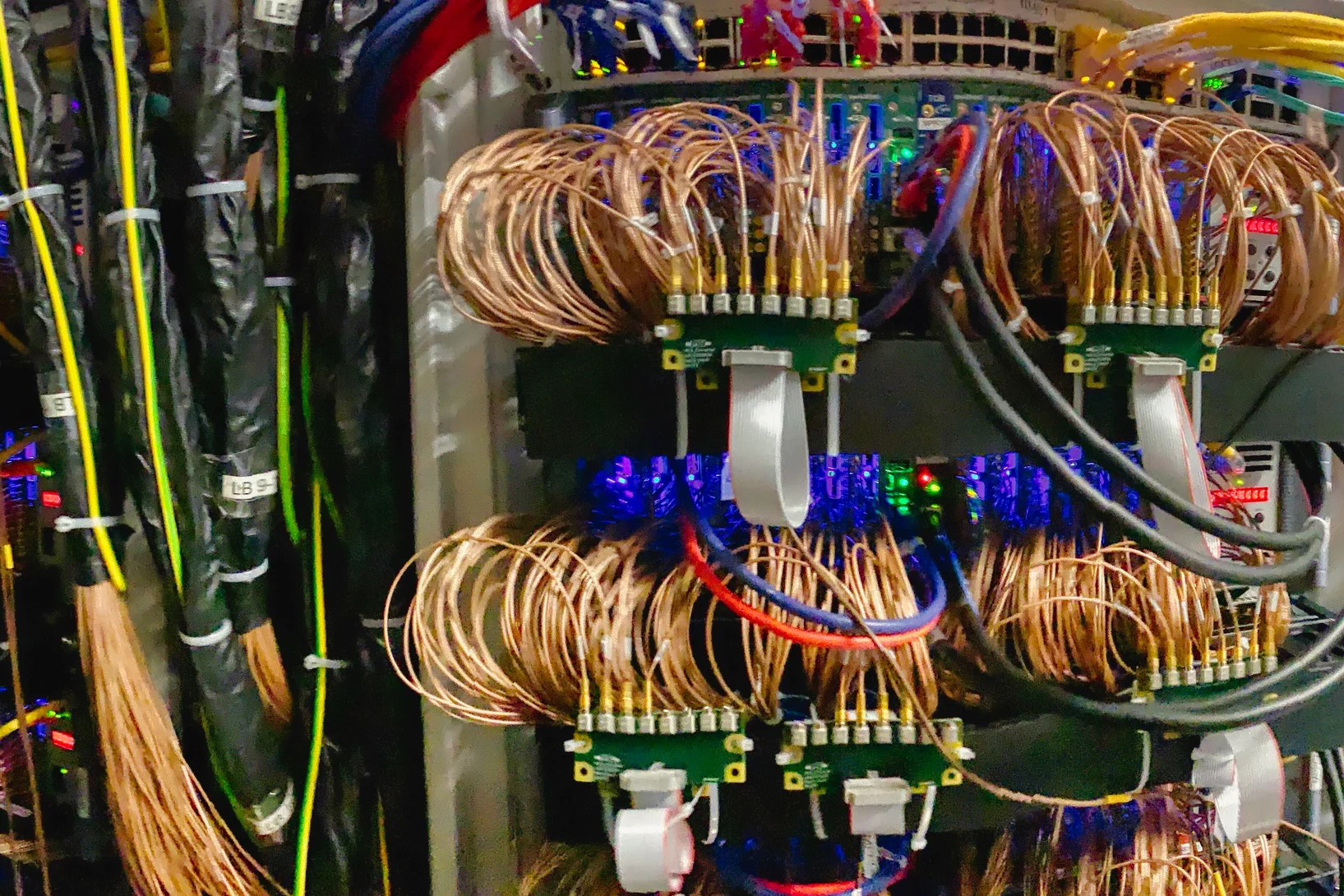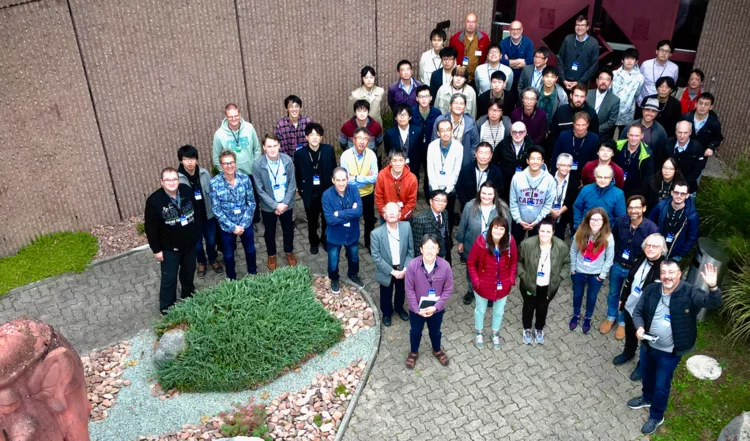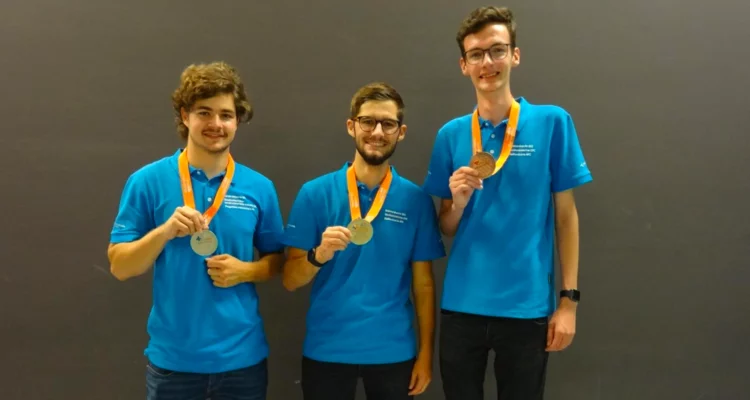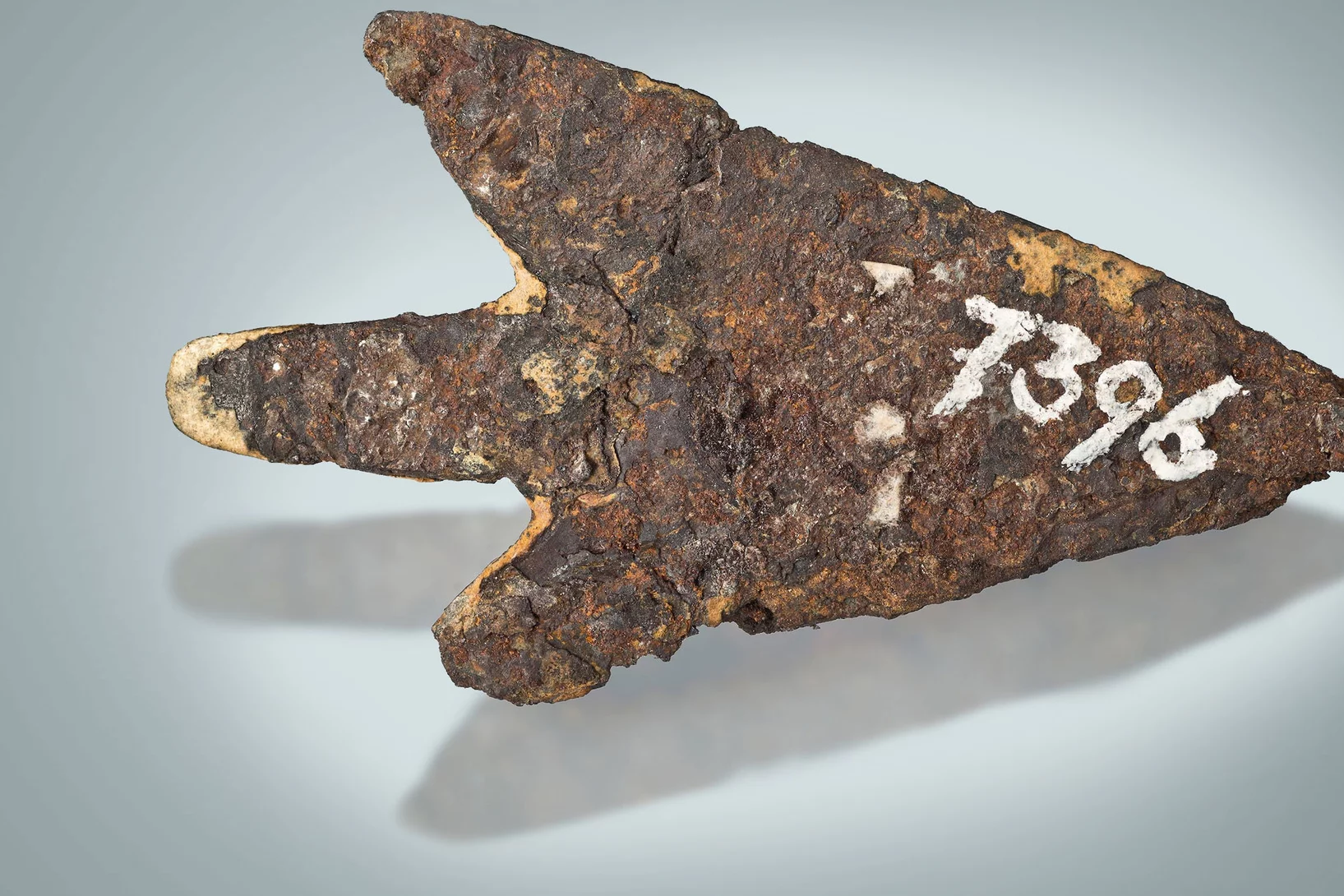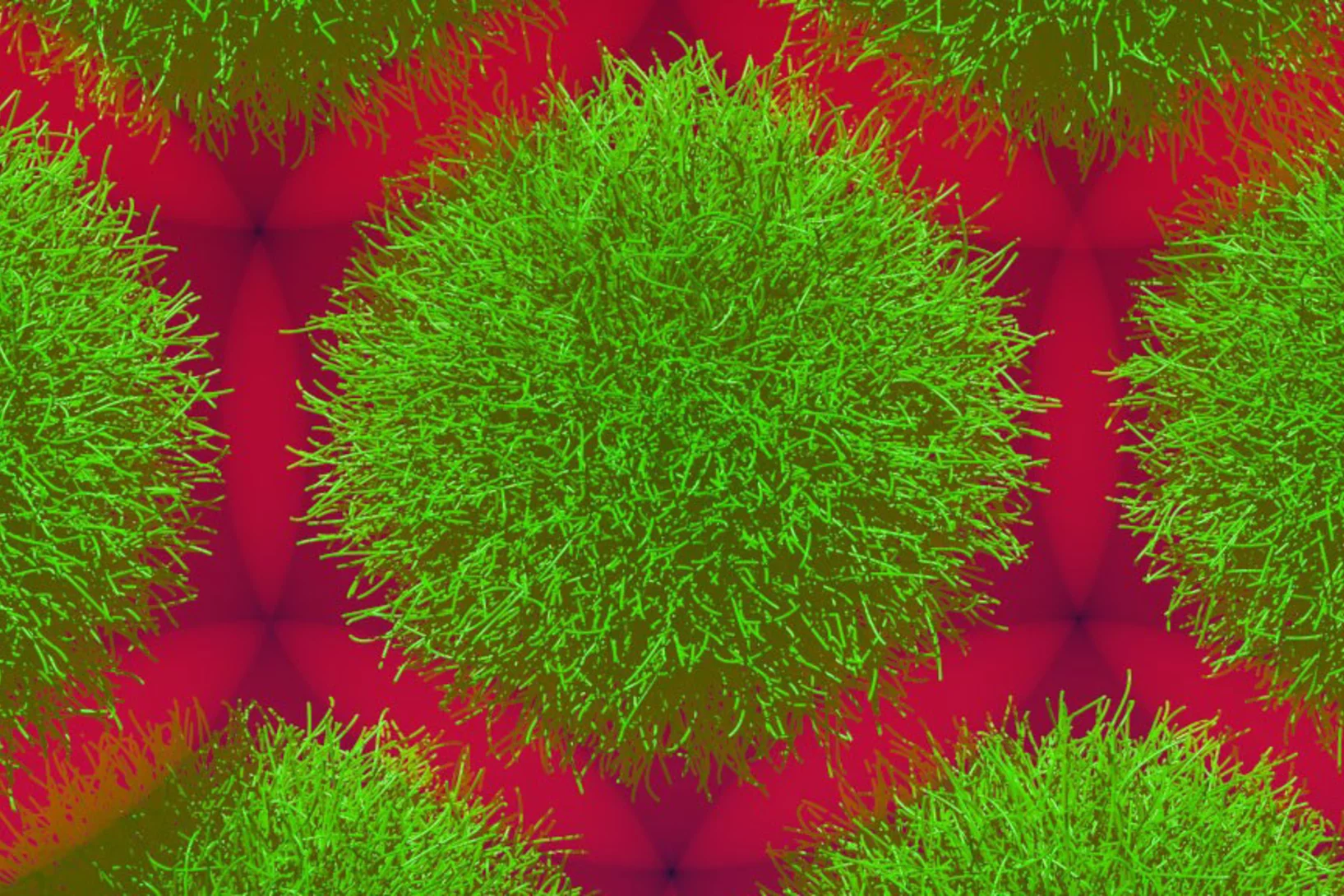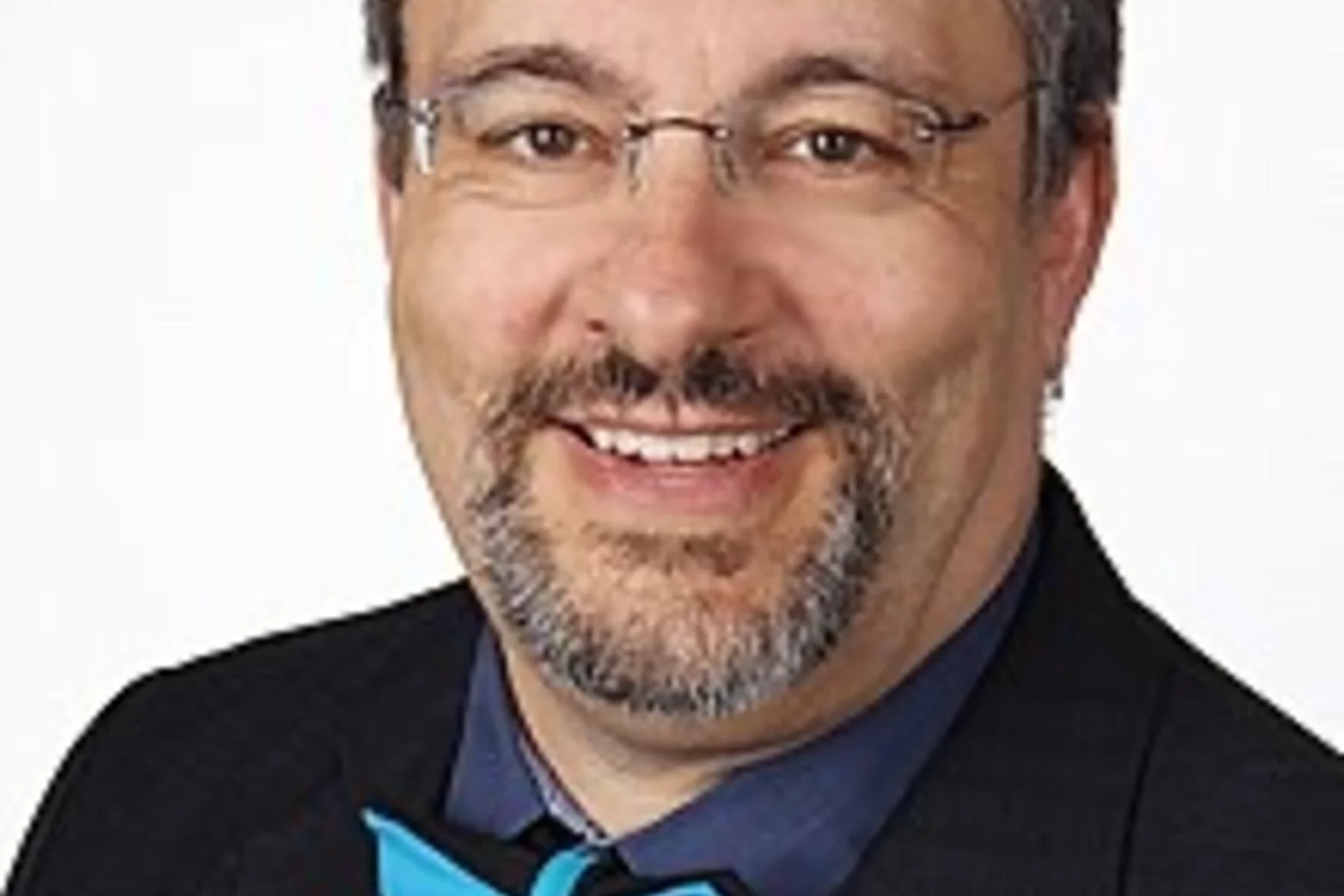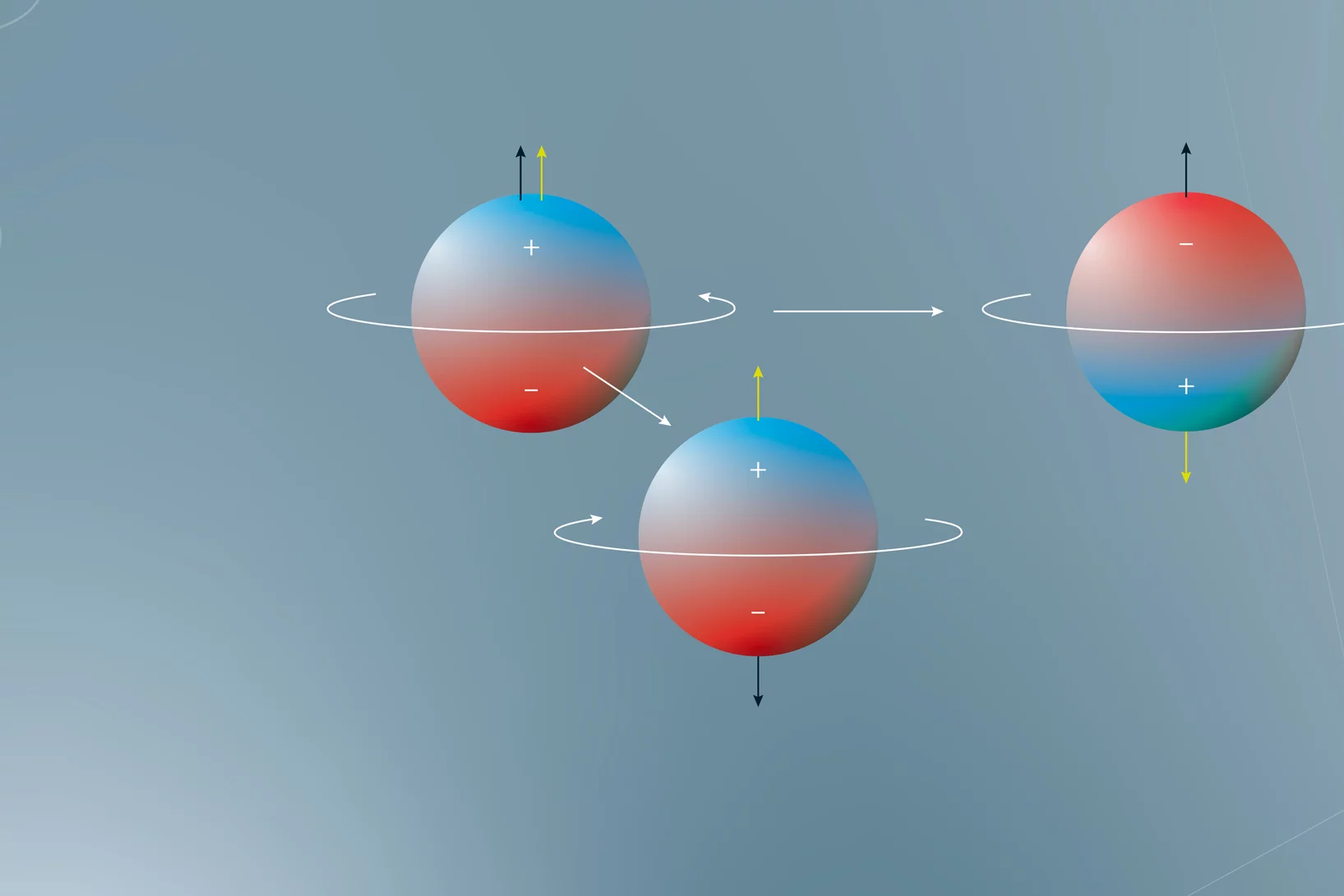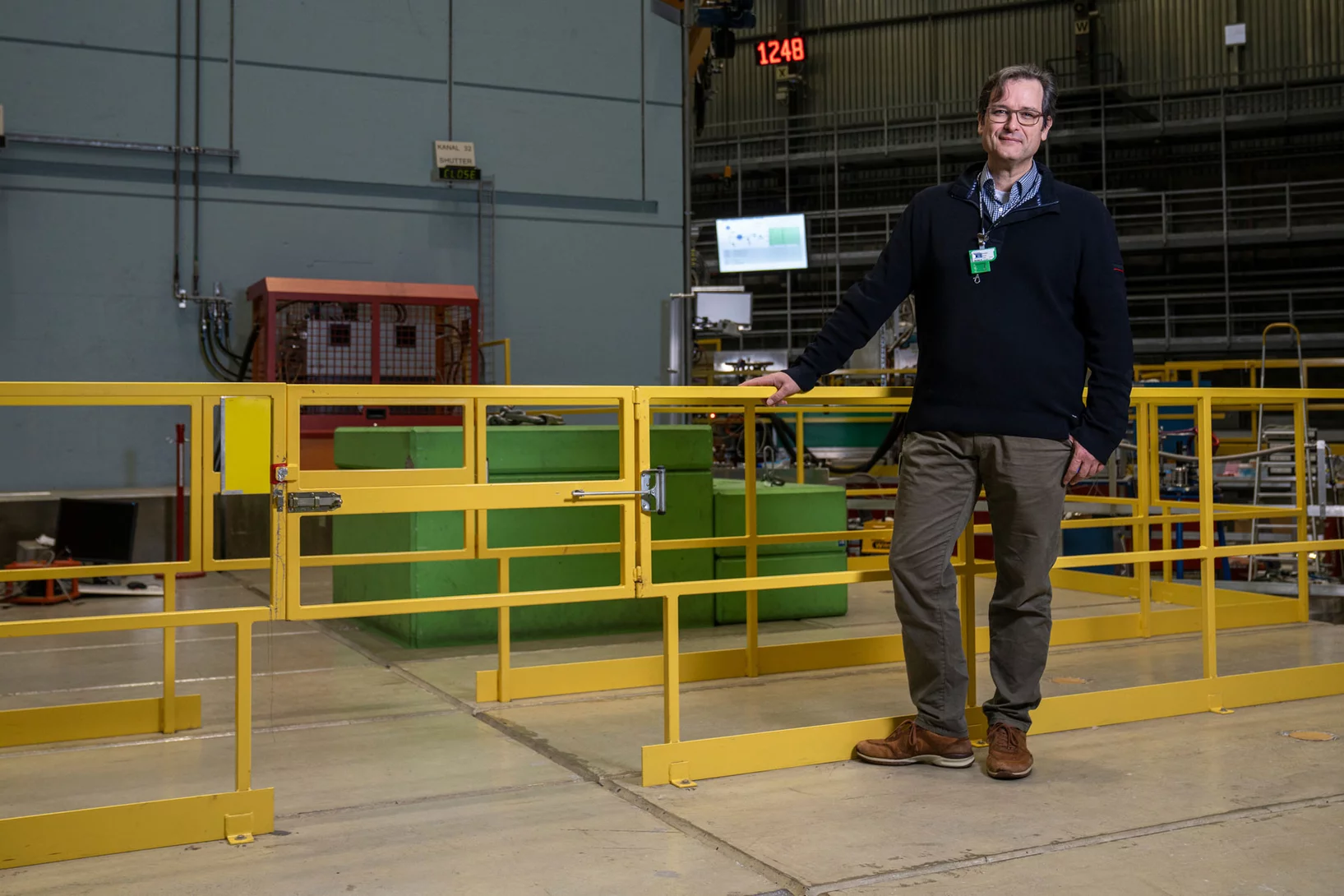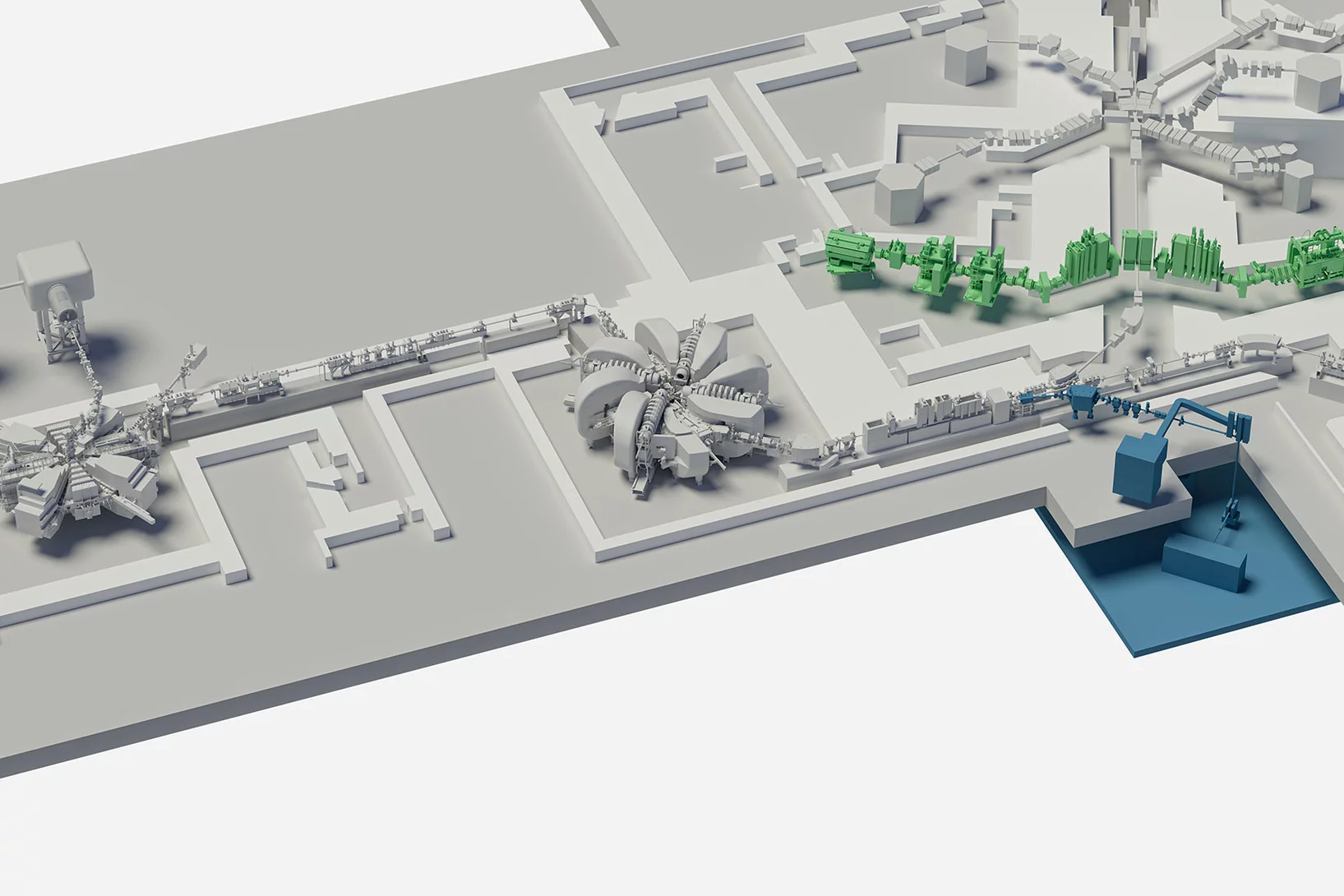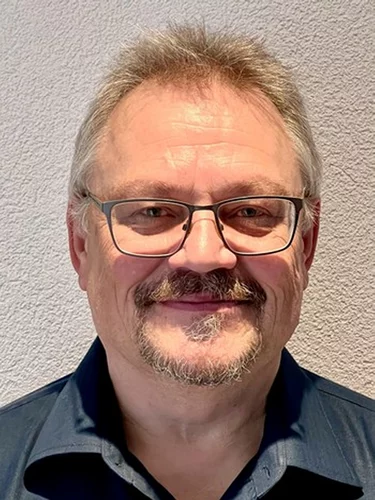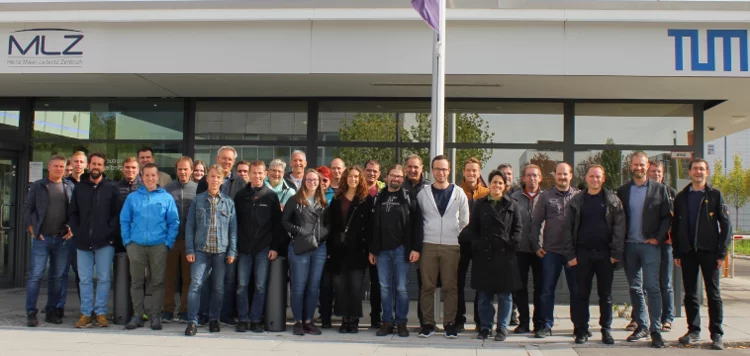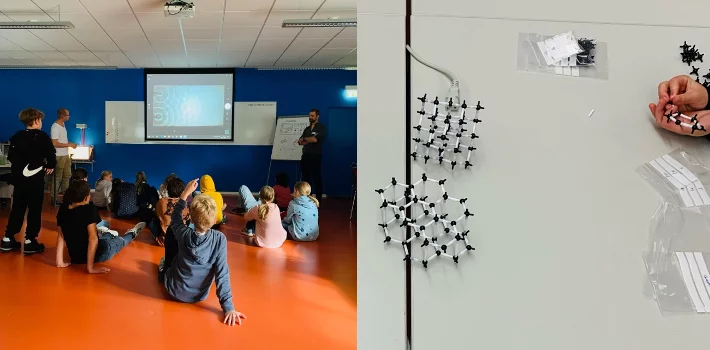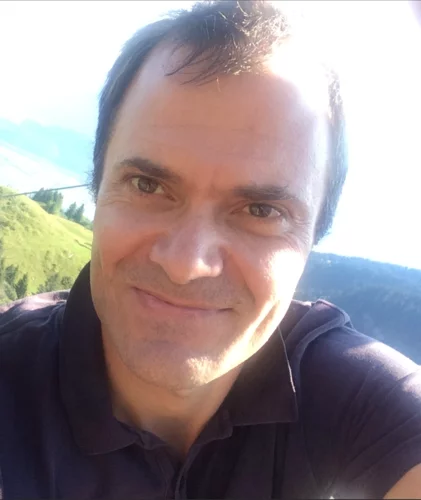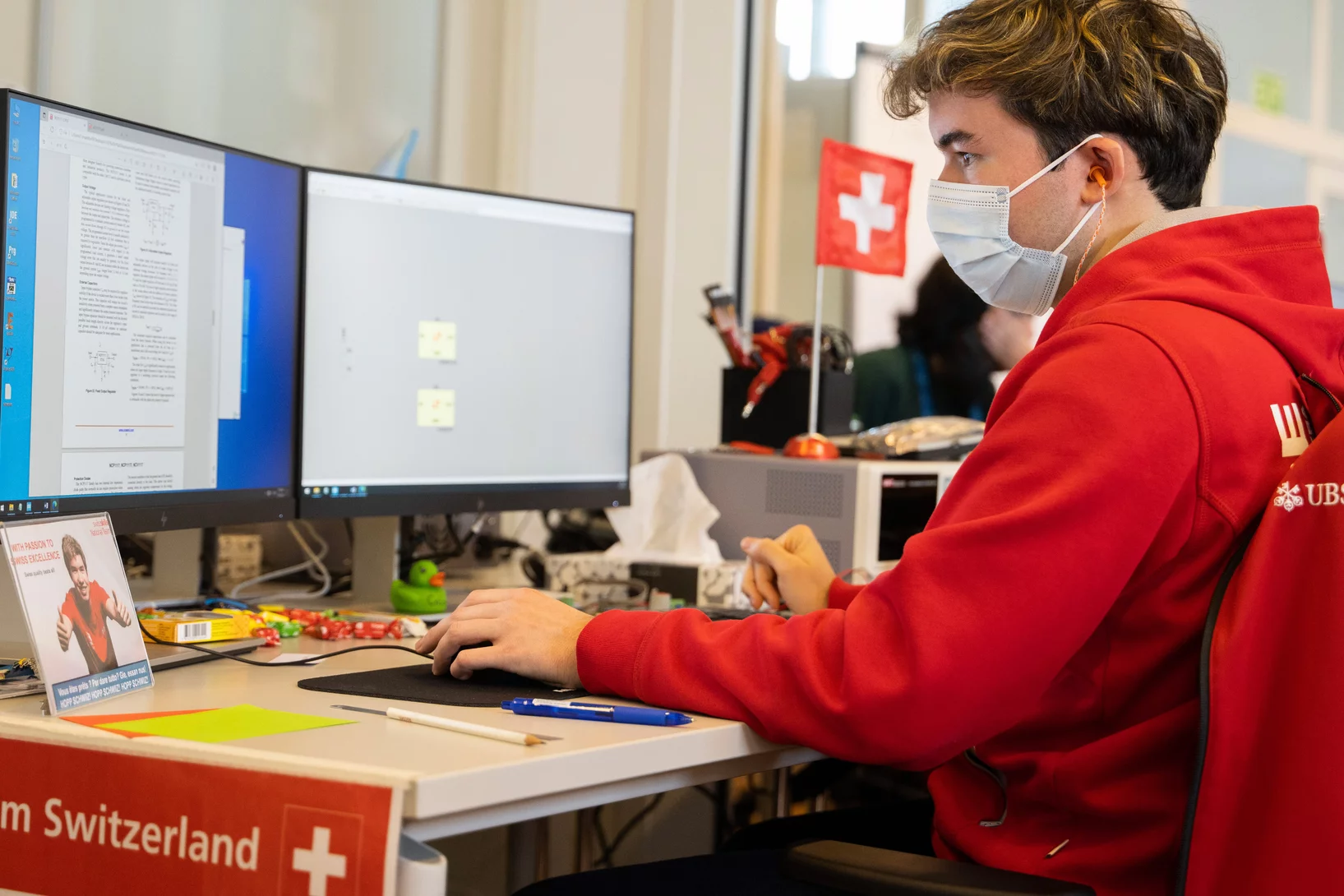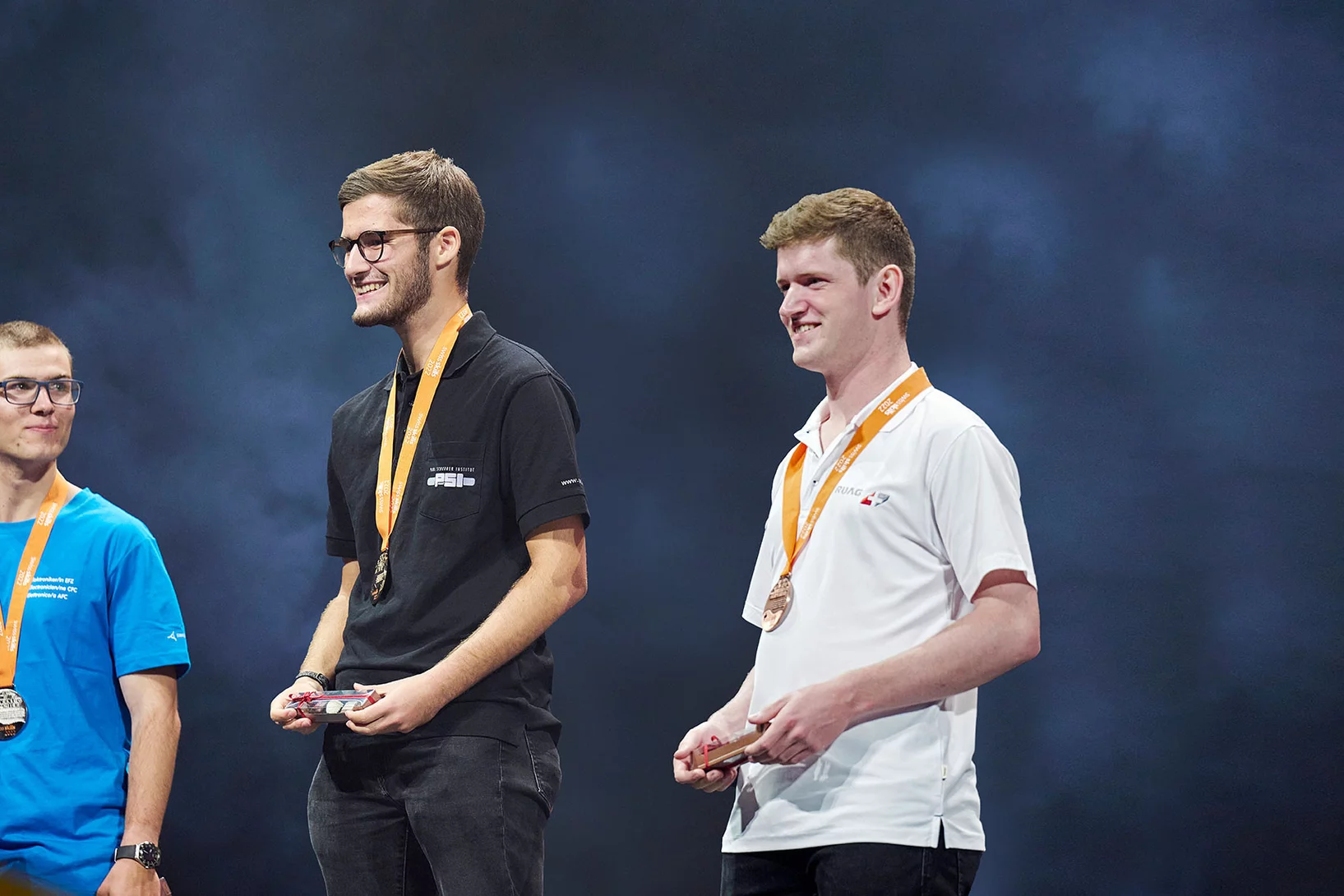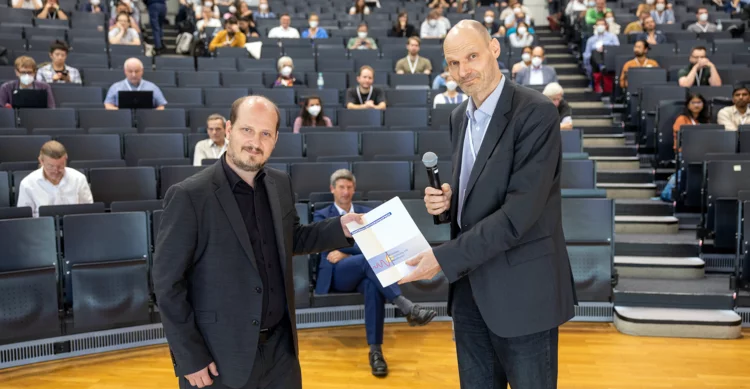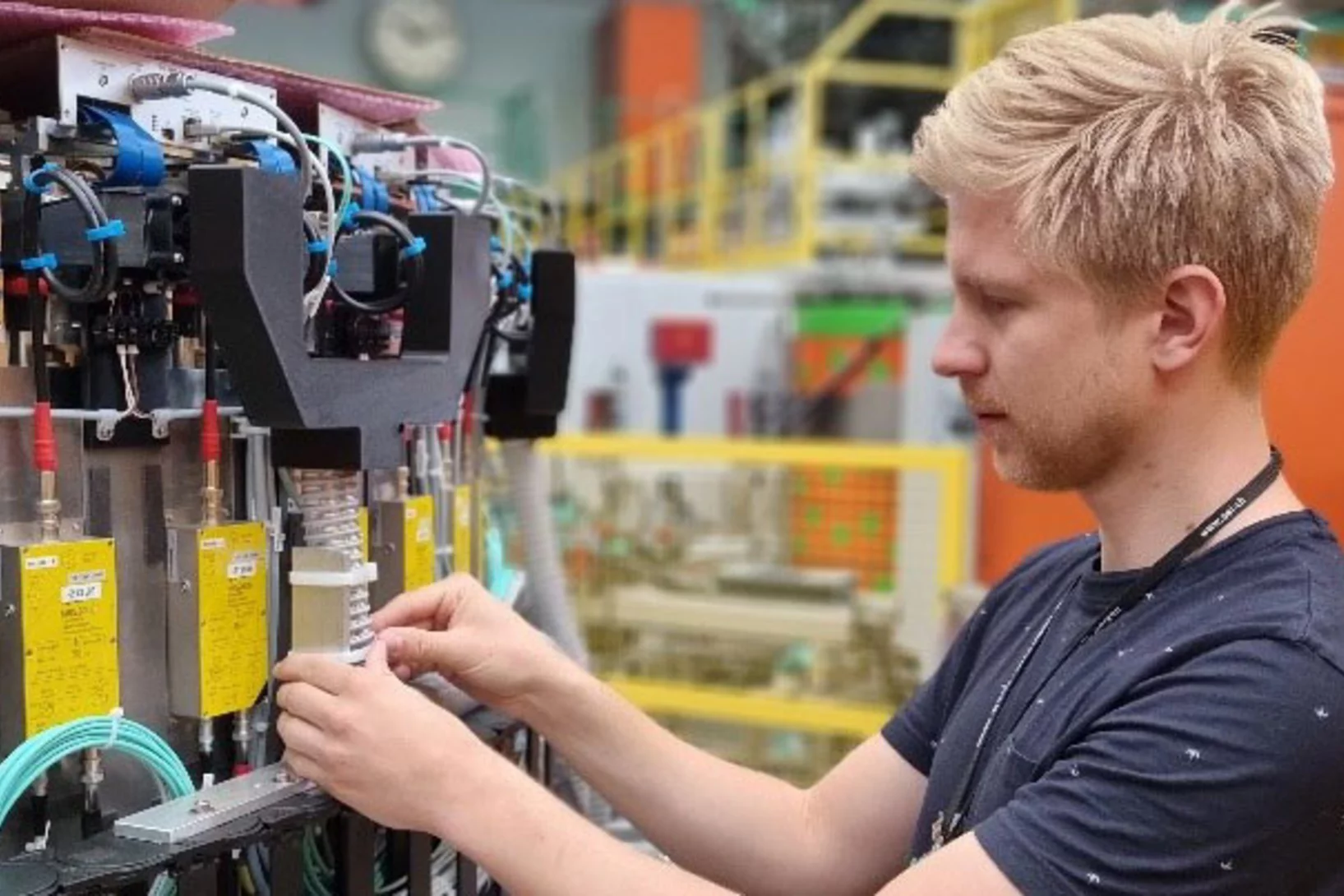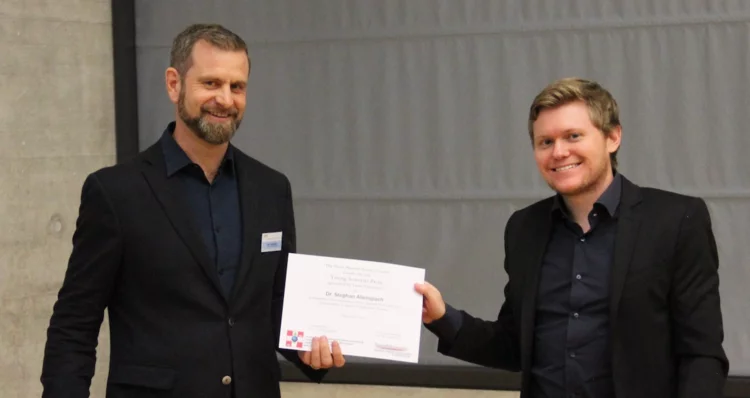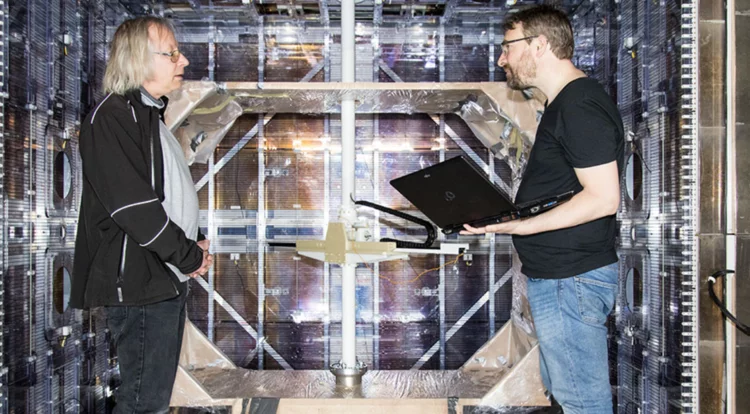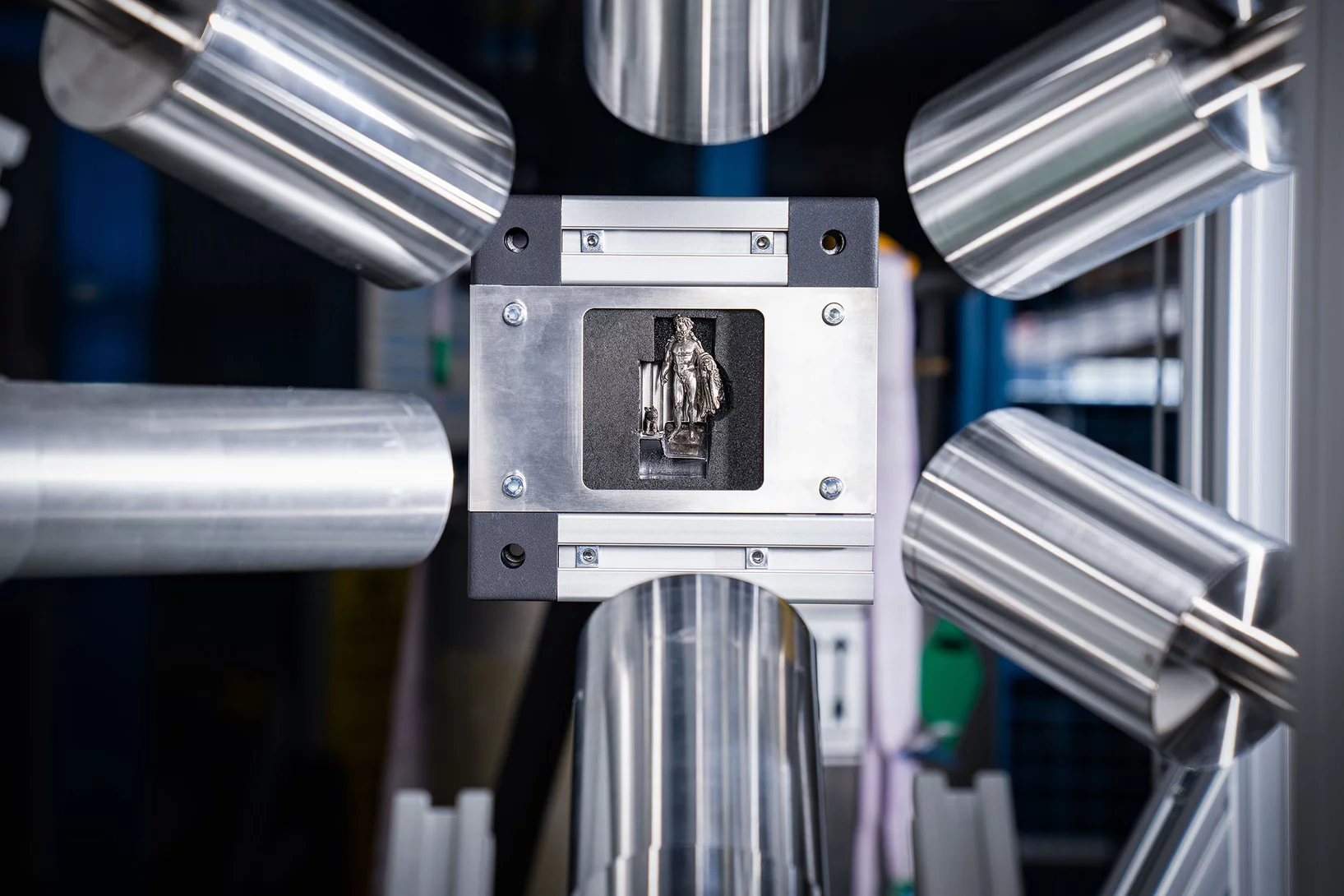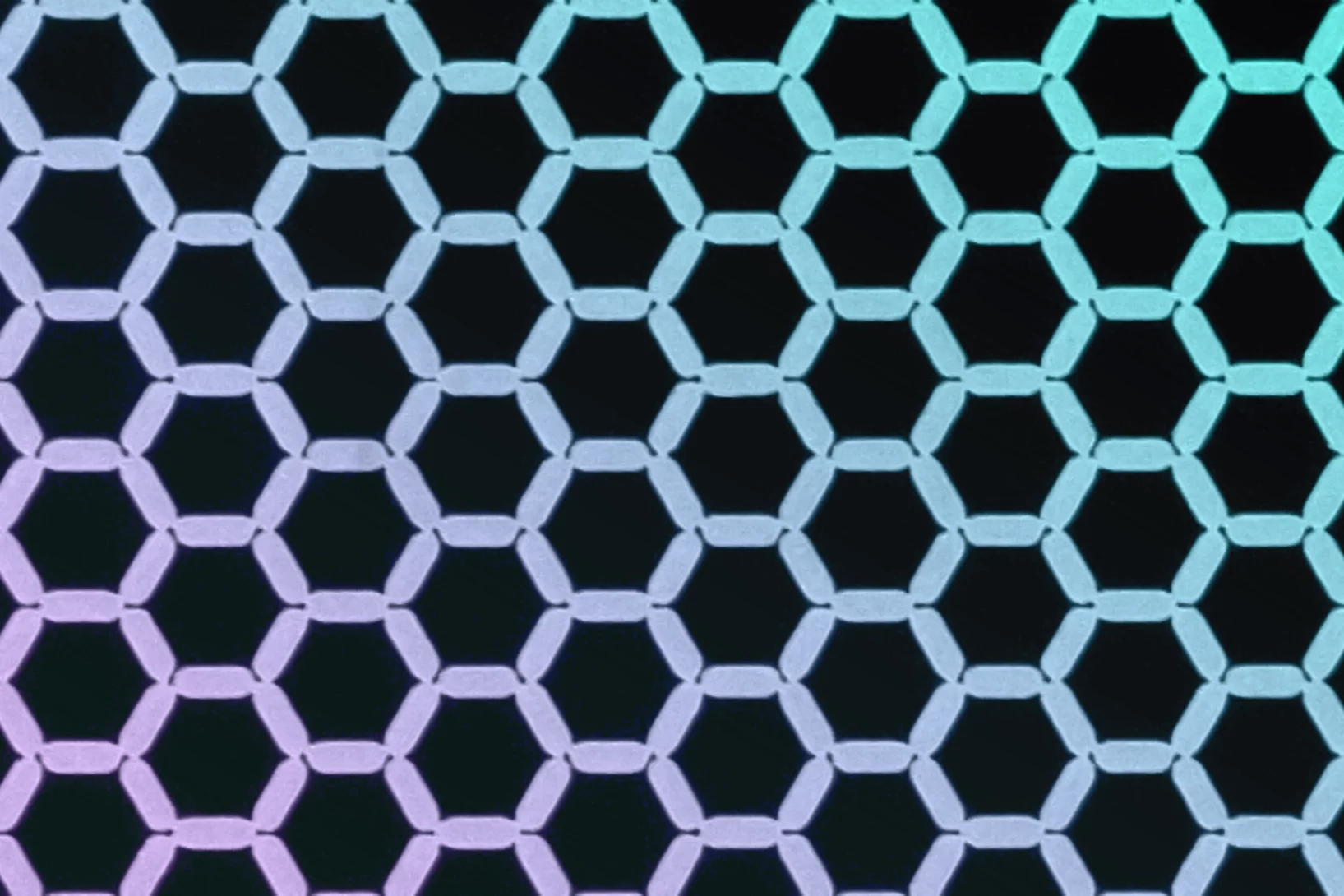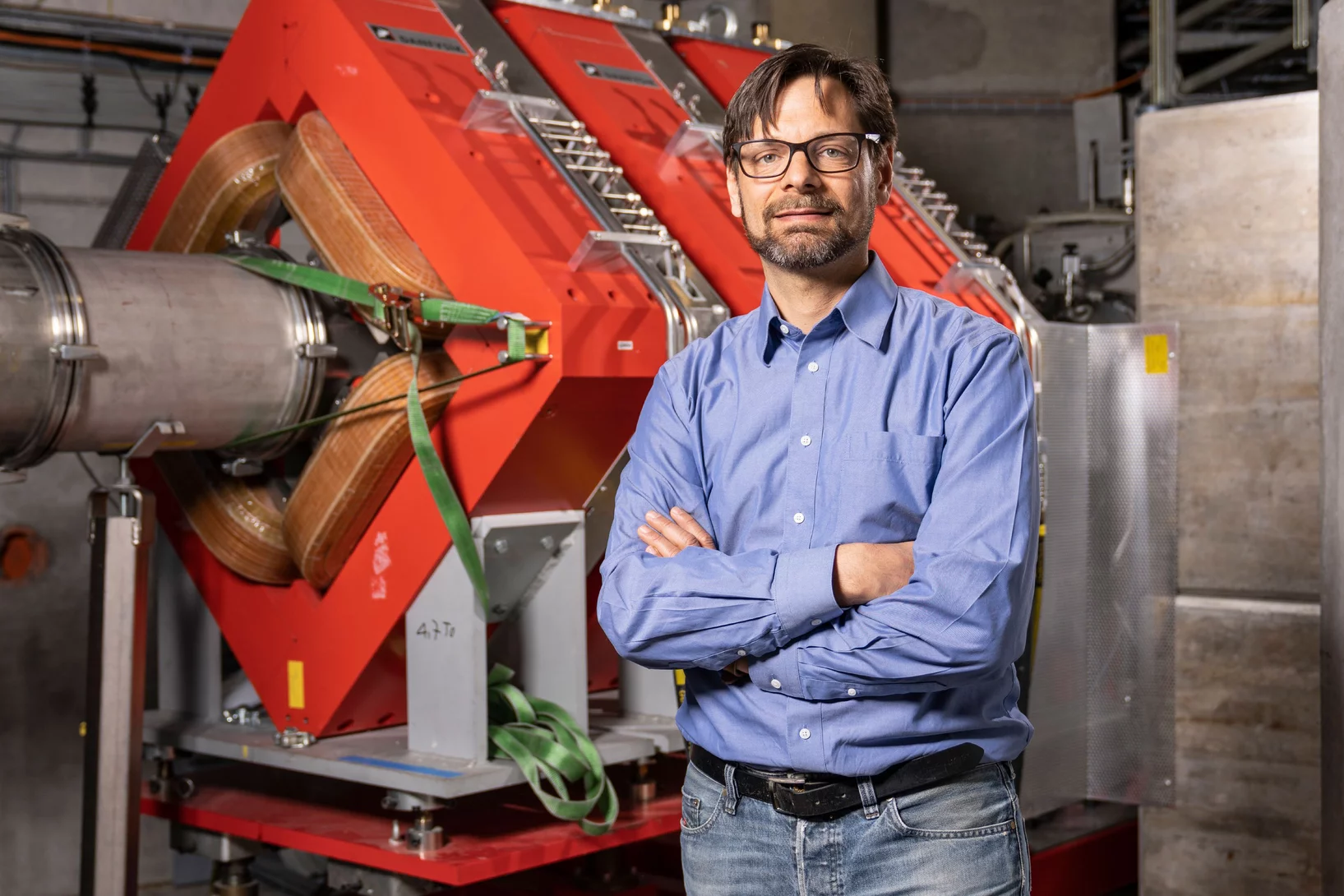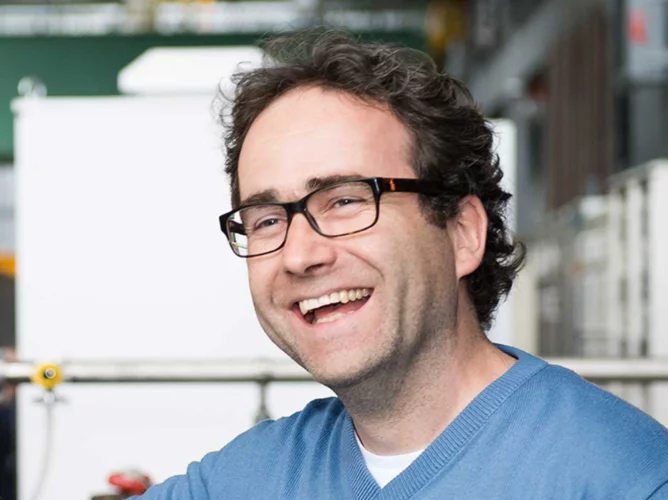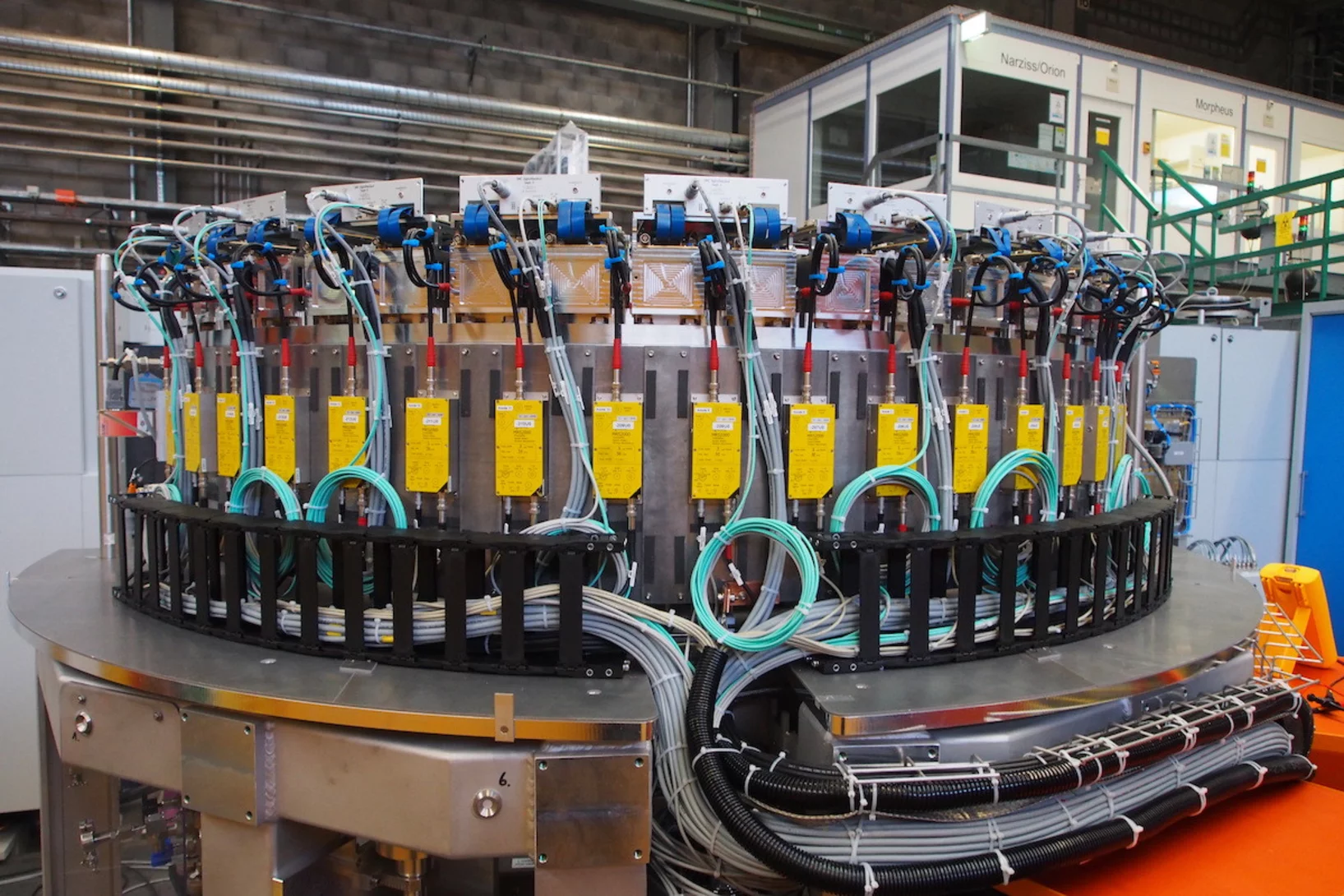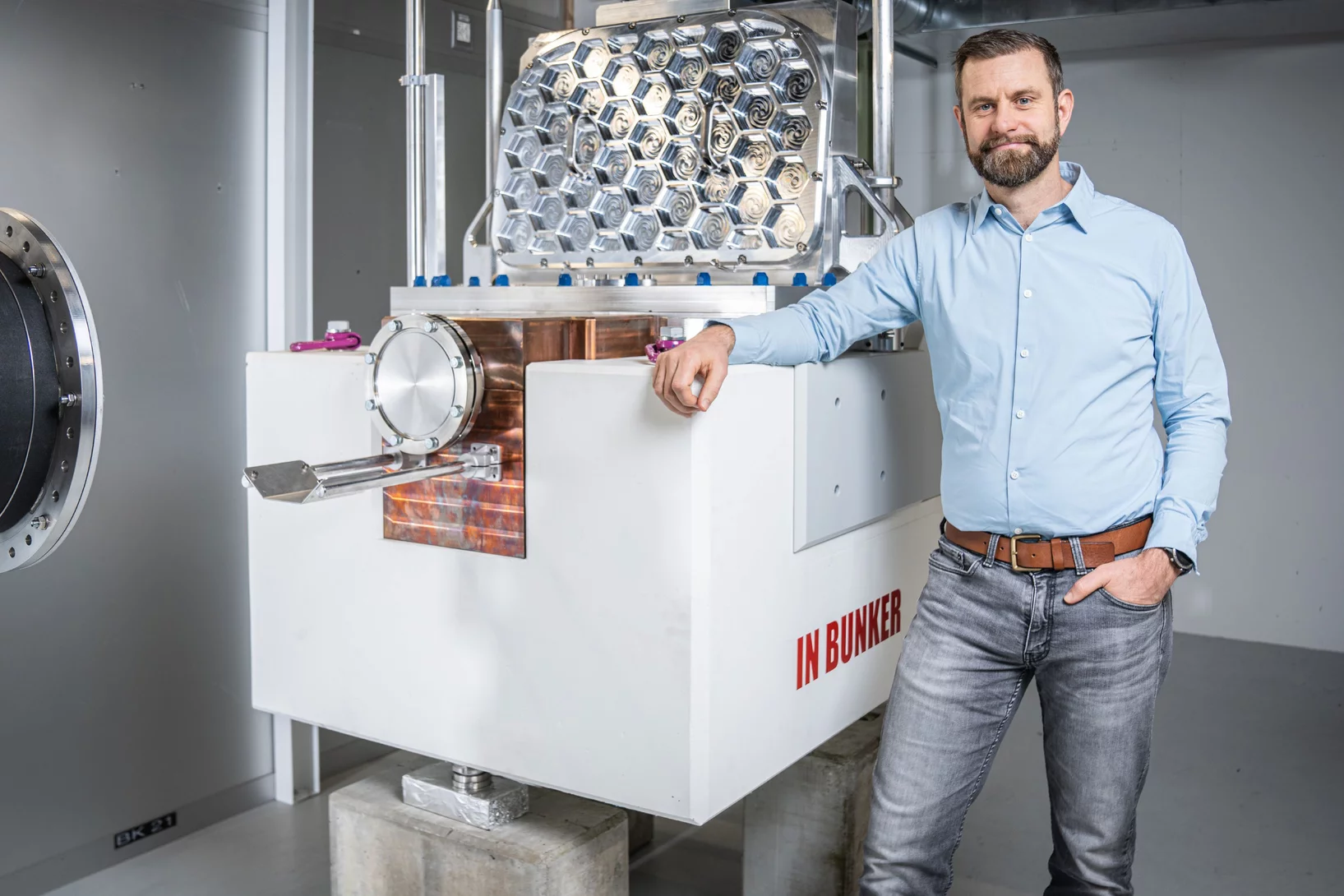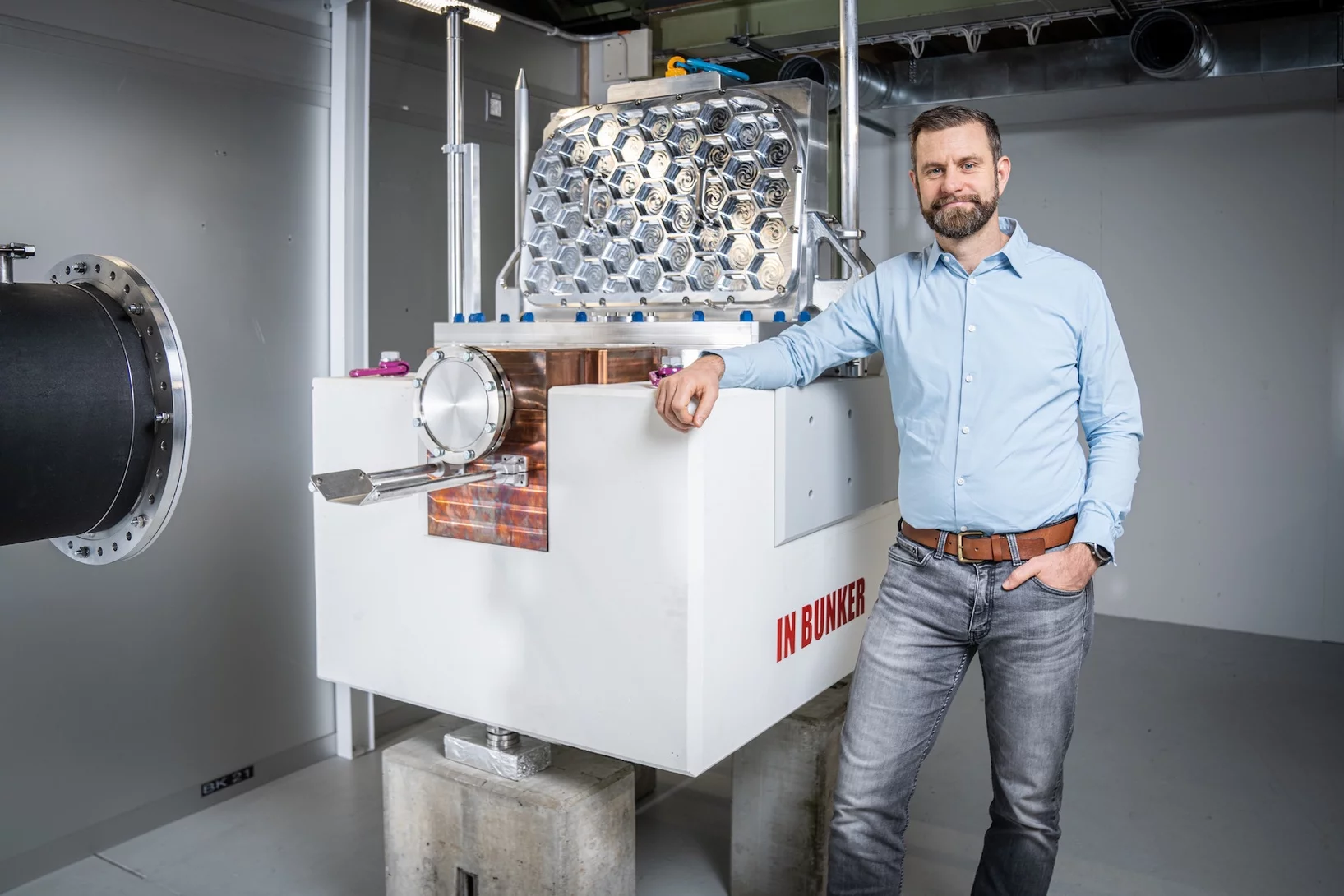Here you find current and previous news from the PSI Center for Neutron and Muon Sciences.
Show filters
In the search for New Physics at the Intensity Frontier: a first result from the MEG II experiment
In a special seminar at the Paul Scherrer Institut (PSI) in Switzerland, the MEG II collaboration presented on October 20th its first results, based on data collected in 2021. The results are reported on a paper published on arXiv and submitted to the European Journal of Physics C.
Japanese – Swiss BRIDGE Workshop at PSI
BRIDGE stands for Bridging Research Innovations in Diverse muon and neutron science by GEneral collaboration between Japan and Switzerland. After a first remote edition of this new workshop series in 2022, an in-person BRIDGE workshop took place at PSI, October 18-20, 2023.
PSI medal winners at SwissSkills Championships 2023
At the recent SwissSkills Championships 2023 for apprentices in Sindex/BE Melvin Deubelbeiss and Andrin Kästli from the electronics apprenticeship group in NUM/LTP have won two medals: Andrin became third, won a bronze medal and Melvin even won the championship and was honored by the gold medal.
Swiss precision optics in Sweden
PSI has finalized the precision Selene neutron optics for the ESTIA instrument. The complex state-of-the-art guide was installed at the European Spallation Source as a Swiss in-kind delivery.
Bronze Age arrowhead is made of meteoritic iron
With the help of muons, PSI researchers were able to determine the origin of the material used for an arrowhead.
Mystery of microgels solved
Researchers at PSI and the University of Barcelona can explain the strange shrinking of microgels experimentally.
Shea Distinguished Member Award of IEEE NPSS to Stefan Ritt
The Nuclear & Plasma Sciences Society of IEEE acknowledges the outstanding contributions of Dr. Stefan Ritt in terms of technological developments and services to the NPSS community with the 2023 Richard F. Shea Distinguished Member Award.
Marino Missiroli elected Trigger Coordinator of the CMS experiment at CERN
Marino Missiroli, a postdoctoral researcher in the High-Energy Particle Physics group of the Laboratory for Particle Physics (LTP) in NUM, will join the management team of the CMS experiment at CERN as Trigger Co-Coordinator in September 2023.
Jupiter mission to explore conditions conducive to life
Ganymede, Callisto and Europa: Jupiter’s icy moons are the destination of the upcoming ESA mission. On board: a high-tech detector developed by PSI.
More light in the darkness
At PSI, researchers want to fill the missing gaps in the Standard Model of particle physics with the help of the large research facilities.
Further optimising car brakes
Research scientists at PSI and ANAXAM use neutrons to look inside brake callipers and identify potential ways of reducing CO2 emissions.
A two-part upgrade for the proton accelerator
A two-part upgrade is planned for HIPA starting in 2025. Preparations are already under way.
Appointment of Thomas Lippert as new head of the Laboratory for Multiscale Materials Experiments (LMX)
Starting 1. December 2022, Prof. Dr. Dr. Thomas Lippert will be the new head of the Laboratory for Multiscale Materials Experiments (LMX). He follows Prof. Dr. Laura Heyderman, our first laboratory head who successfully formed and established the LMX in the PSI landscape as a Centre of Materials.
The Laboratory for Neutron and Muon Instruments visits FRM II neutron research facility
Recently, the staff of the PSI’s Laboratory for Neutron and Muon Instrumentation (LIN) visited our colleagues at MLZ to learn more about the FRM II reactor and its instrumentation, as well as to discuss current and future joint projects. LIN staff was greeted with Bavarian hospitality in the form of “Weisswurst Frühstück” and then enjoyed a full tour of the facility and many fruitful discussions.
Kinderuniversität Zürich visits PSI
On November 5, 2022, the Laboratory for Neutron and Muon Instrumentation in collaboration with the Correlated Quantum Matter group at the University of Zurich carried out the workshop “Wellenspiele” (German for “Playing with Waves”) for the Kinderuniversität Zürich (“Children’s University Zurich”) for the first time.
Harald Ita appointed Associate Professor ad personam at University of Zurich
Harald Ita, currently senior scientist at the Laboratory for Particle Physics at NUM/PSI was appointed as Associate Professor ad personam at UZH Zurich. Harald is an international acclaimed researcher in the field of theoretical high-energy particle physics.
Silver Medal in Electronics for Mario Liechti
PSI electronics technician Mario Liechti comes in second place at the world championships for non-academic professions.
The gold medal and a handshake from the Federal Councillor
SwissSkills names PSI electronics technician Melvin Deubelbeiss the best apprenticeship graduate in his field.
Artur Glavic received the first Instrumentation Price Neutron Research
Artur Glavic received the first Instrumentation Price Neutron Research “for his significant contributions to the development and construction of novel neutron reflectometers”.
Neutron scattering collaboration with Norwegian Institute for Energy Technology
A collaboration between the Institute for Energy Technology (IFE) and the Paul Scherrer Institut (PSI) provides dedicated beam-time to Norwegian scientists, bringing with them diverse and exciting topics ranging from revealing hidden inscriptions in amulets to neutron based cancer therapies.
Stephan Allenspach received the SNSS Young Scientists Prize
Congratulations to Stephan Allenspach for receiving the Young Scientist Prize of the Swiss Neutron Scattering Society for his outstanding PhD thesis. Stephan did his PhD in the Quantum Criticality and Dynamics Group lead by Christian Rüegg.
Seeking the sensational on a small scale
The Swiss Research Magazine 'Horizons' features particle physics performed at PSI.
Hercules and batteries, X-rayed
Developments of the MIXE technique at PSI
With muons, PSI researchers can examine objects non-destructively. This helps in archaeology and battery development.
SANS-LLB at PSI: keeping up with the soft matter community needs
The shutdown of the Orphée reactor at LLB (Saclay, France) and the upgrade of the SINQ neutron guide system at PSI (Villigen, Switzerland) in 2019 were the beginning of a long-term collaboration between PSI and LLB. The SANS-LLB instrument, formerly known as PA20, has travelled more than 500 km, and since 2020 is being installed at SINQ/PSI as a collaborative effort between PSI and LLB. The aim is to make a modern SANS instrument available to the soft matter neutron scattering community at the SINQ spallation source.
A look into the magnetic future
PSI researchers are the first to observe a specific behaviour of magnetic ice.
Two million Swiss francs granted to search for new physics
Philipp Schmidt-Wellenburg will set up a novel experiment at a muon beamline at PSI.
Aldo Antognini Adjunct Professor at ETHZ
Aldo Antognini, currently lecturer and senior scientist at both ETH Zurich and the Laboratory for Particle Physics at NUM/PSI was awarded the title of Adjunct Professor at ETH Zurich.
High-performance detector for DMC enters hot commissioning phase
The cold neutron diffractometer DMC at SINQ is currently undergoing major upgrades. After the recent replacement of the cold neutron guide as part of the SINQ upgrade program, the installation of the new high-performance 2D position-sensitive detector successfully entered the hot commissioning phase.
The world’s most powerful neutron microscope
PSI scientists help construct the new European Spallation Source ESS
The world’s most powerful neutron microscope
Researchers from the Paul Scherrer Institute PSI in Villigen have delivered a key component for the ESTIA reflectometer at the European Spallation Source ESS based in Lund, Sweden. When it comes into service in 2026, ESS will be the world’s most powerful neutron source. Switzerland is making a vital contribution to the project. Scientists from across the globe will use ESS instruments to study processes and structures on the atomic scale, advancing materials research to a new level.



